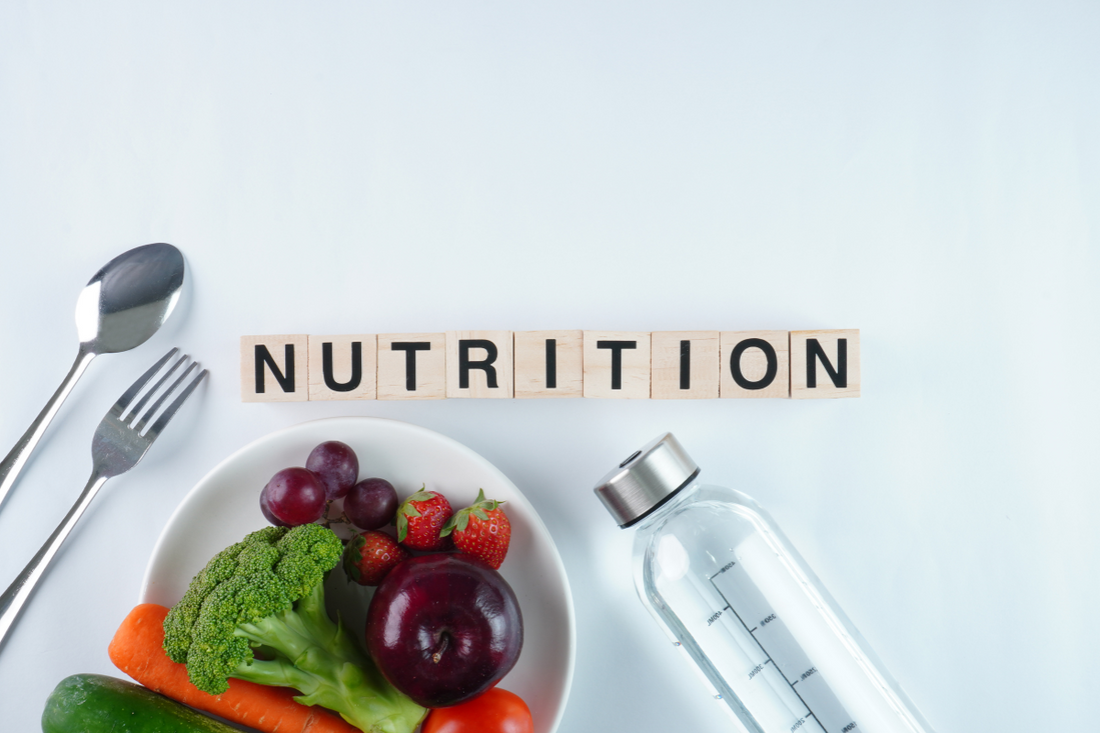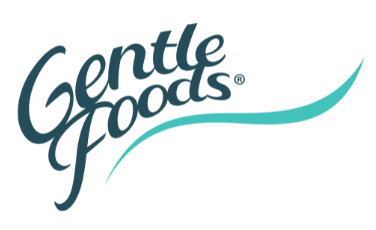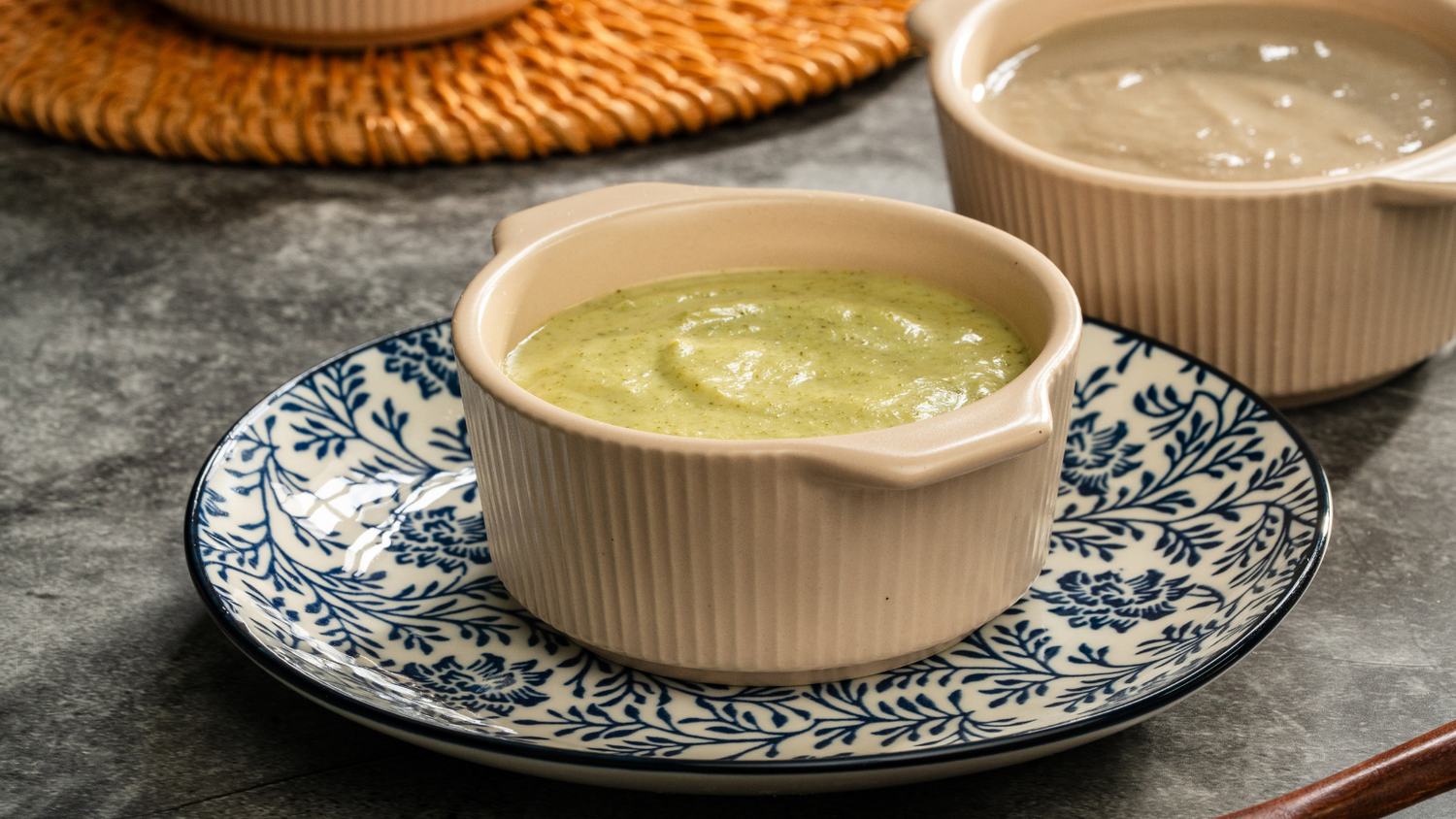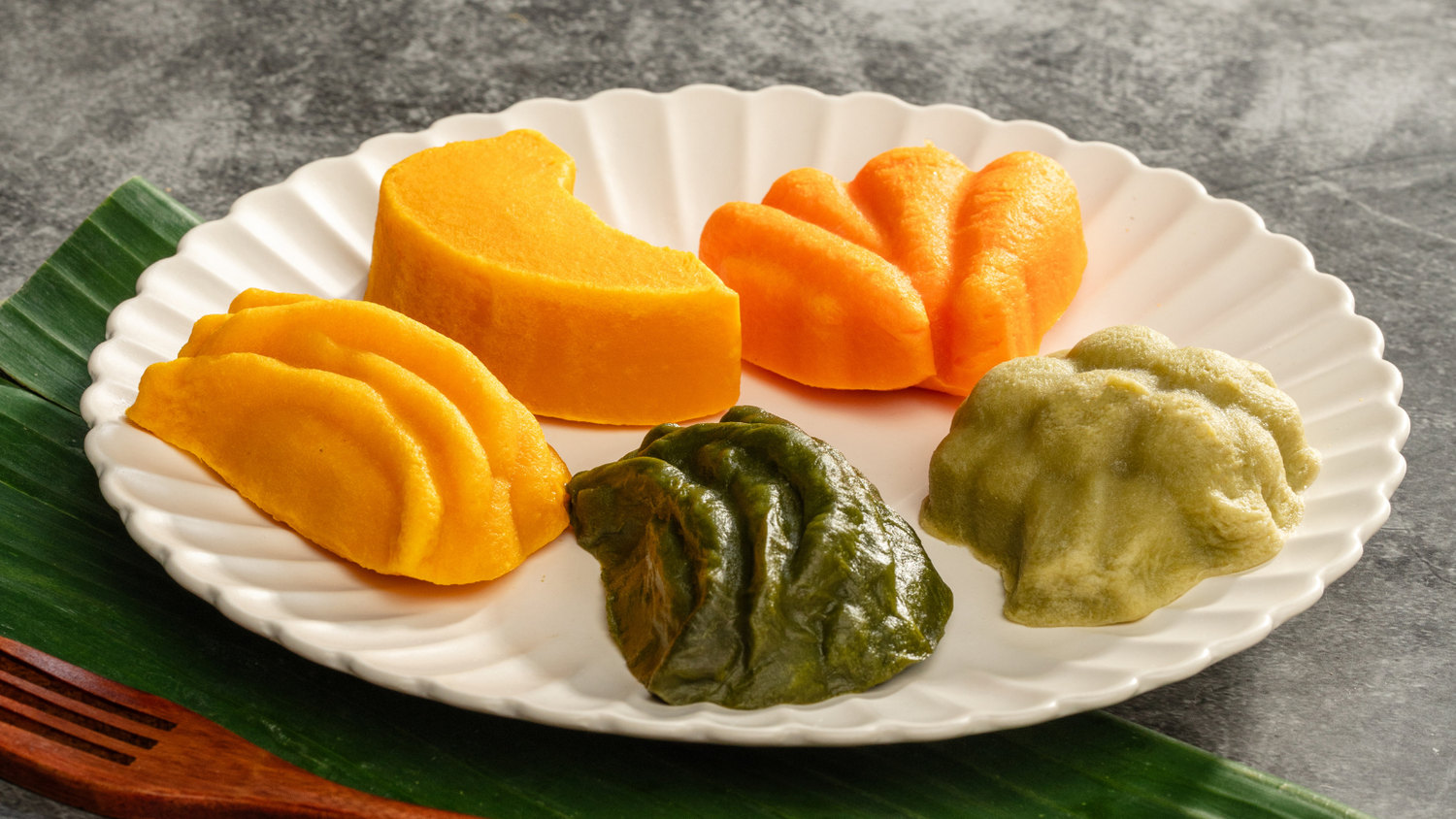Diving Deeper Into Food Nutrition Labels
Share
What do you look out for when shopping for food? Is it all about the price? Or are you carried away by the fancy packaging? However, for the sake of our health, it is important to read food nutrition labels which can help you make the best choices.
When you read nutrition facts, pay attention to two sections – the ingredient list and the nutrition information panel - because this is where all the secrets lie.
Ingredient List
Products are listed by weight, in descending order. This means that the first ingredient listed contributes the highest amount while the last ingredient listed contributes the least. So if mangoes appear as the first ingredient in the mango lassi as shown below, it is safe to say there are more mangoes in the container than anything else.
A good rule of thumb is to look at the first three ingredients, as they make up the largest part of what you are eating.
But don’t just focus on the first three ingredients. Look further down the list too. Very often, the same ingredient may have multiple variations. Sugar, for example, may appear as sugar, high fructose corn syrup, brown rice syrup, honey, molasses and words ending in “-ose” such as glucose, fructose and maltose. If you add them together, they could actually make up a considerable amount.
The Health Promotion Board recommends Singapore residents to limit their daily intake of sugar to 10 teaspoons. Choose foods with less or no added sugars as in the mango lassi in the example.
Check out these products without added sugars!
Nutrition Information Panel
Here is a quick guide to read the nutrition information panel (NIP).
Step 1: Look for both the serving size and the number of servings in the package
The serving size reflects the amount that people typically eat or drink. In this example, one serving of broccoli equals 45 grams and there are 6 servings in the package.
Step 2: Find out how many calories are in a single serving
For example, there are 16 kcal in one serving of broccoli. Determine the number of servings you consume based on your dietary needs. If you eat two servings, it means you are getting twice the calories and other nutrients. The “Per 100g” column helps you to compare the nutrient content of similar products.
Step 3: Check content of the nutrients that need to be limited.
Eating too much saturated fat and sodium is associated with an increased risk of developing some health conditions, such as stroke, heart disease and stomach cancer. Foods labelled “reduced fat” or “lower in salt” may still be high in fat or salt. Instead, choose foods that meet the following requirements:
- Low in saturated fat: ≤1.5g saturated fat per 100g or ≤ 0.75g per 100ml
- Low in sodium: ≤ 120mg sodium per 100g
Check out these foods which are low in sodium.
Check out these foods which are low in saturated fat.
Step 4: Get enough dietary fibre, vitamins & minerals
Eating a diet high in dietary fibre can increase the frequency of bowel movements, help control blood glucose and cholesterol levels, and reduce calorie intake. It is considered a good source of fibre if the product provides ≥3g fibre per 100g like the broccoli in the example.
Make sure you get enough calcium, iron, potassium and vitamin D to maintain good health. Though the contents of these nutrients are not compulsory to be listed in the NIP, aim high for the nutrient amount, if the relevant information is available in the panel.
Evidence has proven that nutrition information on food labels can help the public make appropriate dietary choices. Remember to read the ingredient list and nutrition information panel and be a smart shopper.





